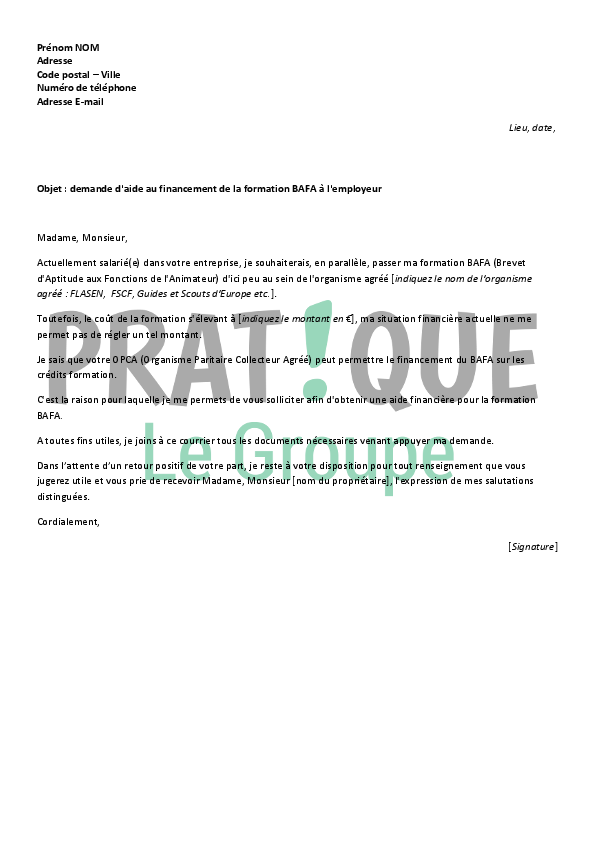Lower Electricity Tariffs: Dutch Utilities Test Solar Peak Pricing

Table of Contents
How Solar Peak Pricing Works
Solar Peak Pricing is a dynamic electricity pricing model that adjusts tariffs based on the amount of solar energy being generated. The core principle is simple: lower prices are offered during periods of high solar energy generation (peak hours), typically midday, and higher prices are charged during periods of low solar generation (off-peak hours), such as evenings and early mornings. This mechanism acts as a powerful incentive.
- Incentivizes solar panel installation and use: Lower daytime prices reward households and businesses that have invested in solar panels and consume their self-generated power during peak hours.
- Reduces strain on the electricity grid during peak demand: By encouraging energy consumption during periods of high solar output, peak demand on the grid is reduced, improving overall grid stability.
- Encourages consumers to shift energy consumption to solar-rich times: Consumers are incentivized to adjust their energy usage patterns, such as running dishwashers or washing machines during the sunniest parts of the day.
- Potentially leads to lower overall electricity bills for consumers who adjust their energy usage: Those who effectively shift their consumption to align with peak solar generation can significantly reduce their monthly electricity bills. This requires mindful energy management and possibly smart home technology.
Benefits of Solar Peak Pricing for Consumers
For consumers, the advantages of Solar Peak Pricing are significant, extending beyond simple cost savings.
- Lower electricity bills through optimized energy consumption: By consciously shifting energy use to coincide with periods of high solar output, consumers can drastically lower their electricity bills.
- Reduced carbon footprint by shifting energy use to renewable sources: Solar Peak Pricing actively encourages the use of cleaner, renewable solar energy, thus reducing reliance on fossil fuels and lowering individual carbon footprints.
- Increased energy independence through greater reliance on solar power: The model promotes self-sufficiency by incentivizing the adoption of solar panels and the consumption of self-generated solar energy.
- Participation in a sustainable energy future: By embracing Solar Peak Pricing, consumers actively contribute to a more sustainable and environmentally responsible energy system.
Challenges and Considerations of Solar Peak Pricing
While Solar Peak Pricing offers numerous benefits, several challenges need to be addressed for successful implementation.
- Requires smart meters for real-time pricing adjustments: Accurate, real-time pricing necessitates the widespread deployment of smart meters capable of communicating consumption data and adjusting tariffs accordingly.
- Needs clear and accessible consumer information & education programs: Consumers need clear and understandable information about how the system works to effectively manage their energy consumption and benefit from lower prices. Effective communication is crucial.
- Potential for increased complexity in billing for some consumers: The dynamic nature of pricing might initially confuse some consumers accustomed to fixed tariffs. Clear and user-friendly billing statements are essential.
- Challenges in forecasting solar energy generation accurately: Precise forecasting of solar energy output is critical for setting accurate prices. Inaccurate forecasts could lead to price volatility and consumer dissatisfaction.
The Role of Dutch Utilities in the Pilot Program
Several Dutch utility companies are playing a vital role in testing Solar Peak Pricing. These pilot programs provide crucial real-world data on the feasibility and effectiveness of the model.
- Participating utility companies: [Insert names of participating utility companies here – this requires research to populate].
- Geographic scope of the pilot program: [Insert details of the geographic areas included in the pilot programs – this requires research].
- Duration of the trial period: [Insert details about the duration of the pilot programs – this requires research].
- Data collection methods and expected outcomes: The utilities are collecting data on consumer energy consumption patterns, price responsiveness, and overall grid stability. The expected outcomes include assessing the impact on electricity bills, renewable energy adoption, and grid management.
Future Implications and Scalability
The success of Solar Peak Pricing trials in the Netherlands could have significant implications for the future of electricity pricing both domestically and internationally.
- Potential for replication in other countries with high solar potential: Countries with abundant sunshine and a commitment to renewable energy could successfully adapt and implement this dynamic pricing model.
- Impact on the electricity market and competition: Solar Peak Pricing could reshape the electricity market, fostering greater competition and innovation among energy providers.
- Long-term sustainability effects on the energy grid: The model’s potential to reduce peak demand and promote renewable energy use could significantly enhance the long-term sustainability of electricity grids.
- Integration with other smart grid technologies: Solar Peak Pricing can be seamlessly integrated with other smart grid technologies, such as smart home energy management systems, further optimizing energy consumption and grid efficiency.
Conclusion
Solar Peak Pricing offers a promising path towards lowering electricity tariffs and promoting renewable energy adoption in the Netherlands. While challenges exist regarding smart meter implementation and consumer education, the potential benefits of reduced energy costs and a greener energy future make it a compelling initiative. The Dutch utilities' pilot programs are crucial in demonstrating the viability and scalability of this dynamic pricing model. Stay informed about the progress of the Solar Peak Pricing trials in the Netherlands and explore how dynamic energy pricing might affect your future electricity bills. Learn more about solar peak pricing and how you can participate in a more sustainable energy future.

Featured Posts
-
 Securing A Place In The Sun Navigating The Overseas Property Market
May 03, 2025
Securing A Place In The Sun Navigating The Overseas Property Market
May 03, 2025 -
 Farage Denies Far Right Claims Amidst Union Confrontation
May 03, 2025
Farage Denies Far Right Claims Amidst Union Confrontation
May 03, 2025 -
 Christina Aguileras Transformation Fans React To Changing Appearance
May 03, 2025
Christina Aguileras Transformation Fans React To Changing Appearance
May 03, 2025 -
 Accord D Octroi D Une Aide Financiere A Maurice Signature Et Echange De Notes
May 03, 2025
Accord D Octroi D Une Aide Financiere A Maurice Signature Et Echange De Notes
May 03, 2025 -
 Witnessing History My Experience At A Nigel Farage Press Conference
May 03, 2025
Witnessing History My Experience At A Nigel Farage Press Conference
May 03, 2025
Latest Posts
-
 Fixing Fortnite Matchmaking Error 1 Expert Solutions And Tips
May 03, 2025
Fixing Fortnite Matchmaking Error 1 Expert Solutions And Tips
May 03, 2025 -
 Fortnite Game Mode Removals A Sign Of Shifting Priorities
May 03, 2025
Fortnite Game Mode Removals A Sign Of Shifting Priorities
May 03, 2025 -
 The Impact Of Fortnite Game Mode Shutdowns On Player Engagement
May 03, 2025
The Impact Of Fortnite Game Mode Shutdowns On Player Engagement
May 03, 2025 -
 Fortnite Server Downtime Checking Server Status And Update 34 21 Details
May 03, 2025
Fortnite Server Downtime Checking Server Status And Update 34 21 Details
May 03, 2025 -
 Fortnites V34 30 Update Sabrina Carpenter Collaboration And New Content
May 03, 2025
Fortnites V34 30 Update Sabrina Carpenter Collaboration And New Content
May 03, 2025
